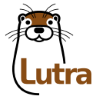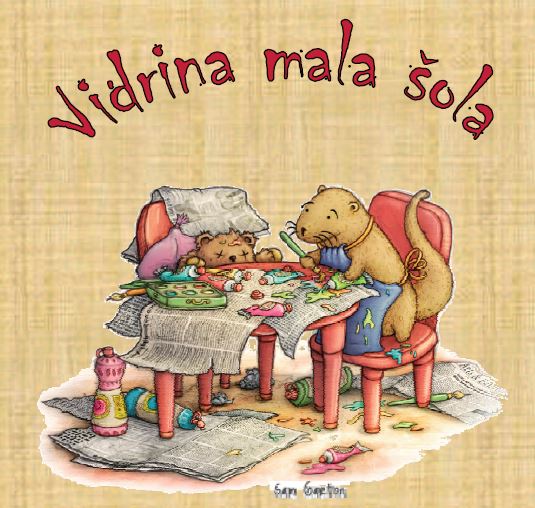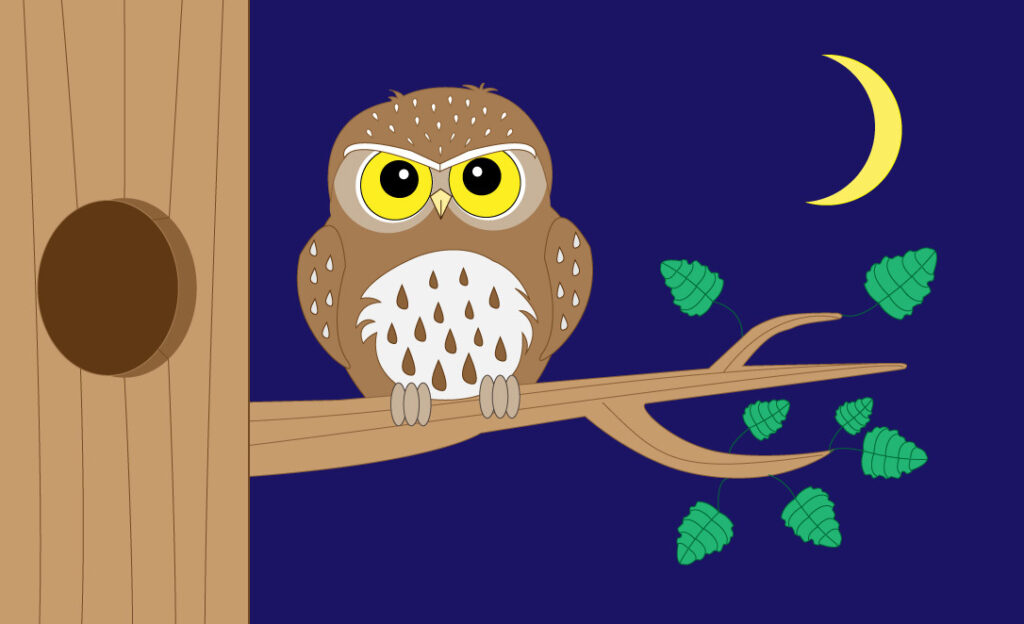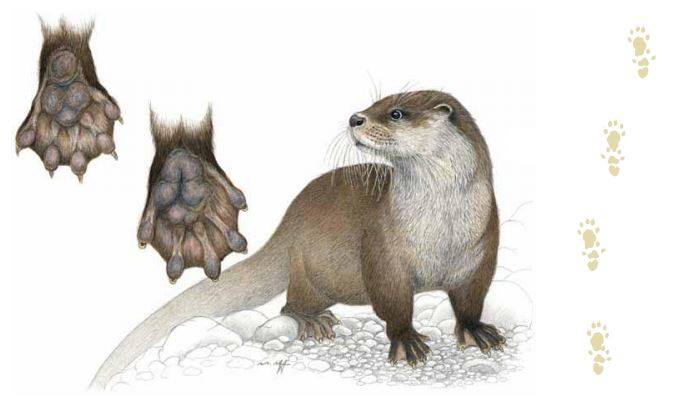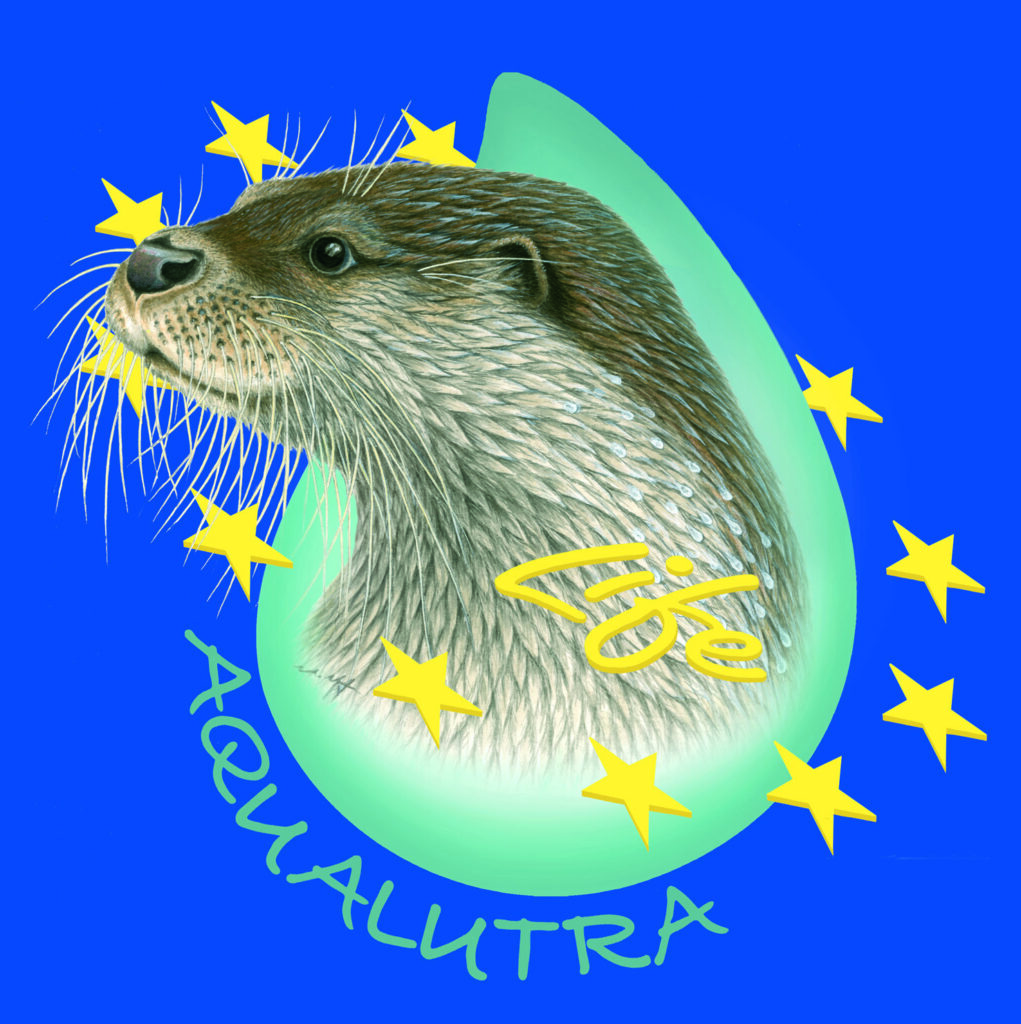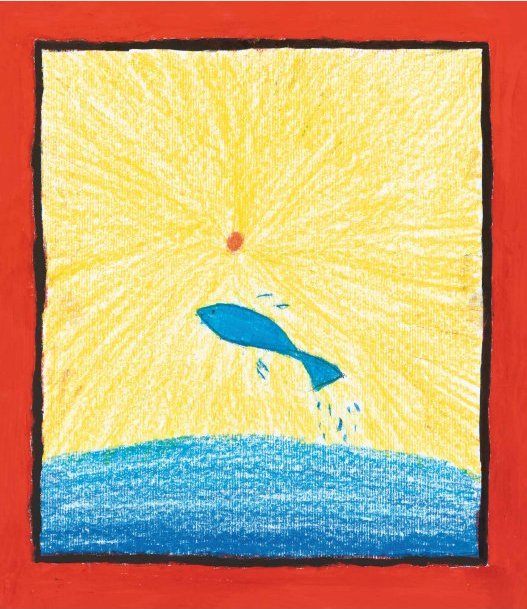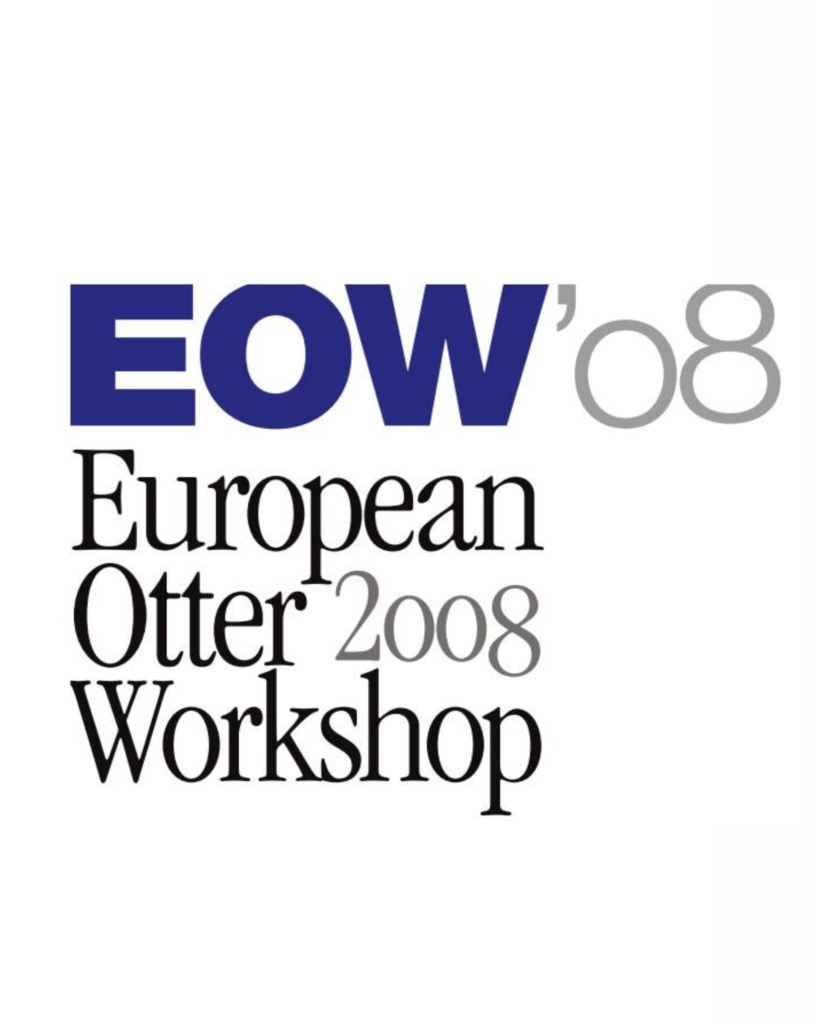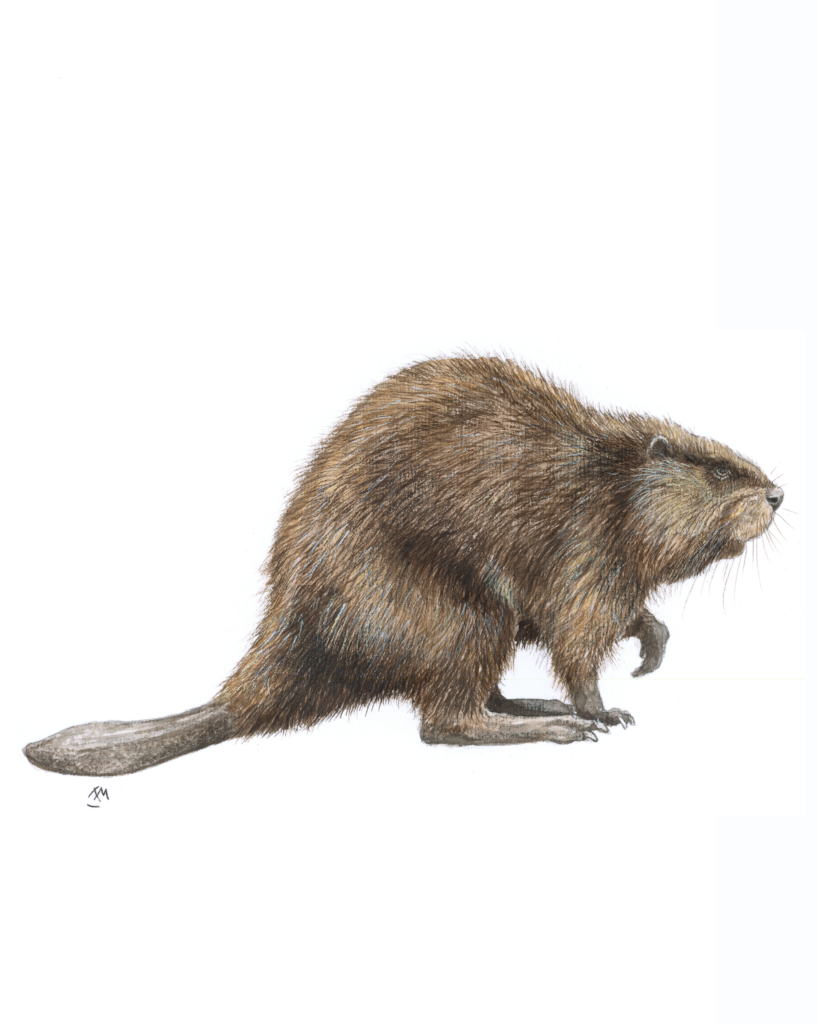
The European beaver (Castor fiber) is an indigenous species in Slovenia, which until recently was considered extinct. In 1996 beaver has been reintroduced to Croatia, from where it spread to Slovenia (rivers Sava, Drava, Mura). As an exclusive herbivorous species, its presence also depends on the sufficient amount of food in the environment. It feeds with herbs, aquatic plants, trees and shrubs. In summer beaver consume almost exclusively herbs. In an environment where herbs are not present all year round, it consumes woody plants. At least 80 tree and 149 herb species have been recorded in the beaver diet, but none of the invasive species of Fallopia spp. present in Slovenia.
Non-native invasive plant species pose a serious threat to native plant and animal species, also otter and beaver. Their intense expansion and growth is often seen along rivers and streams as a result of human activity and inappropriate removal of natural riparian tree and shrub vegetation. The purpose of this pilot project was to show best practices of successful removal of invasive species knotweed ((Fallopia comp.) Of sect. Reynoutria). Removal of knotweed should leed to creation of natural riparian habitat, suitable for beaver and other native fauna and flora. In order for beavers to return to Ljubljana Moors, they need adequate foods provided by the riparian belt. Ensuring the appropriate composition of tree and shrub species is of key importance for the long-term conservation of this species.
In year 2012, we tested different methods of knotweed removal on two test sites. In area Špica by the river Ljubljanica we monitored effectiveness of knotweed shoots removal. We found out that regular removal of shoots is successful and it reduces the number and height of shoots of Japanese knotweed.
In the framework of the project we also prepared a lecture at the Nature-health fair where we presented the problems of nature, the environment and man, the different methods of limitation (mechanical, chemical, biological) and their weaknesses and advantages, and above all our experience and the results of removing invasive plants.
Title: Removal of invasive species on the banks of Ljubljanica and ensuring the suitability of habitat for beaver
Akronim: Beaver, get back to the marshes!
Applicant: Lutra, Institute for Conservation of Natural Heritage
Co-financier: The City of Ljubljana
Duration: 2013
